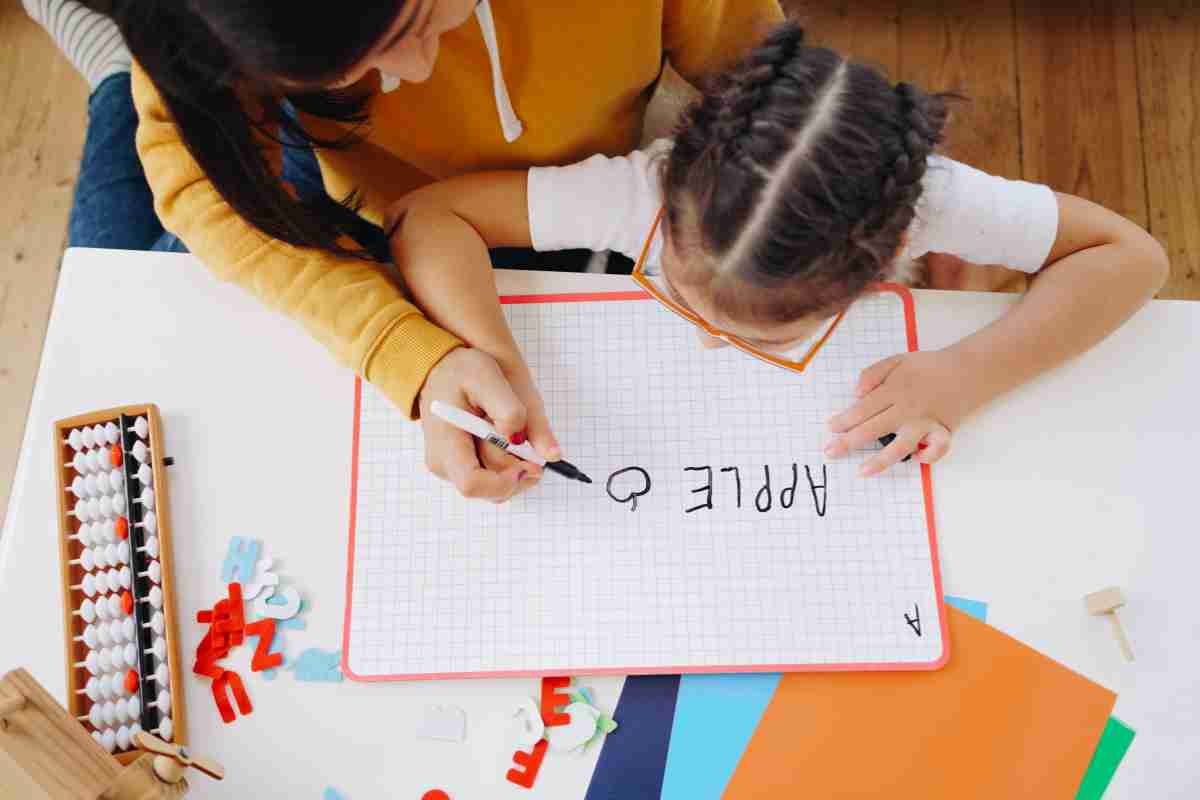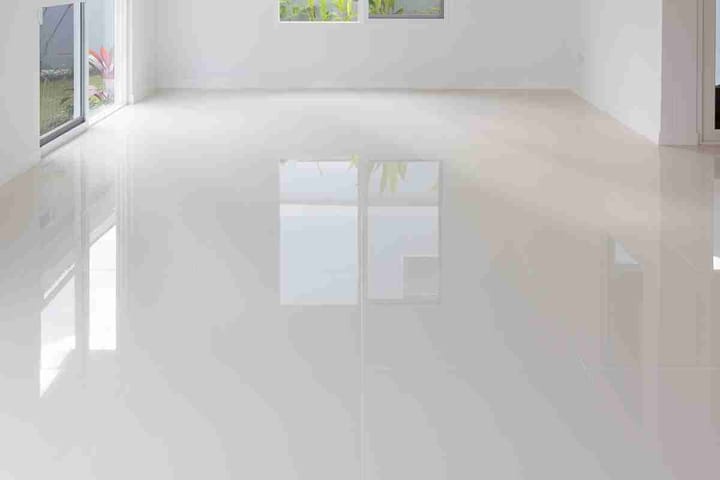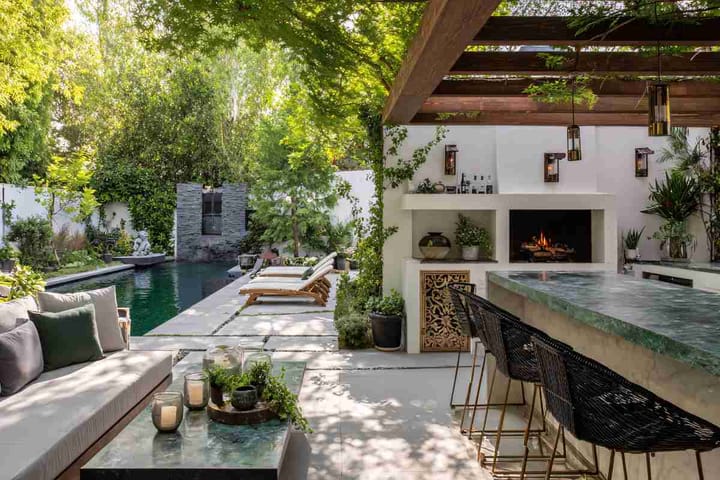How to Build a Homeschool Space That Boosts Focus and Motivation

Homeschooling has gone absolutely bonkers lately! The Census folks say it jumped from a measly 3.3% before COVID to a whopping 11.1% by fall 2020. Where the kiddos learn actually makes a huge difference. The right setup keeps them engaged instead of bouncing off the walls like pinballs. No need for some fancy-schmancy Instagram-worthy setup! Just decent planning goes a long way.
Creating an Organized Physical Environment
A decent homeschool space starts with taming the chaos monster. Organizing homeschool materials for efficiency isn't anyone's idea of a good time, but holy moly, does it make a difference. When stuff has actual homes, kids can focus instead of that maddening "Where the heck is my pencil?!" morning meltdown.

"My homeschool area changed completely when I finally got my act together," says Jennifer from Arizona. "We stopped burning 20 minutes every single morning in a frantic supply treasure hunt."
EssayWriterCheap studies show kids in tidy spaces spend about 30% more time on-task. File that under "duh, tell us something we don't know."
Try these ideas:
- Color-code by subject (total game-changer!)
- Use clear containers (because if you can't see it, it might as well be in Narnia)
- Have a daily cleanup (even half-hearted effort counts)
- Make different zones for different activities (sanity-saver)
Where homeschool families set up shop depends on whatever space they've got. Some lucky ducks commandeer a guest room, others carve out a slice of dining room real estate. What matters is matching the space to each kid's particular brand of crazy. Some youngsters need a proper desk or they're literally swinging from light fixtures. Others would rather eat Brussels sprouts than sit still - they need wiggle cushions and standing options.
Designing for Different Learning Activities
Good homeschool spaces need flexibility like nobody's business. Designing a space that encourages focus means thinking beyond parking kids at a desk until their brains leak out their ears. Most parents figure this out after a spectacular meltdown or three!

A solid setup might include a cozy reading nook, a table for projects that inevitably create glitter disasters, and a computer zone where parents can occasionally eyeball what's really happening on that screen. Different areas help brains shift gears without blowing a gasket.
Many families discover that kids who struggle to pay for homework assignments absolutely blossom when allowed to move their wiggly bodies. One stubborn kiddo went from hating books to becoming a reading machine once his mom let him build a janky blanket fort to read in!
"My son couldn't last at his desk for 10 minutes without completely losing his marbles," says Miguel from Chicago. "When I created different stations around our shoebox apartment, he started hopping between spaces based on the subject."
Kids get antsy as all get-out when planted in one spot too long. Their brains need movement or they turn into cranky zombies faster than you can say "educational standards." Even in tiny apartments, families create different zones just by shuffling furniture around. Reading happens on the beanbag. Math at the kitchen table. Art wherever the mess is easiest to clean up (bathroom tile, anyone?).
Technology and Resource Management
The tech battle is enough to make parents pull their hair out. Creating a distraction-free learning environment while using helpful digital tools feels like trying to nail Jell-O to a tree some days.
Families who haven't completely thrown in the towel use dedicated learning devices. No Fortnite or TikTok dances on the school laptop - dream on, kiddo! Website blockers during school hours save everyone's bacon. Screens positioned where sneaky tab-switching gets busted.
"We have a charging station outside bedrooms," says Alicia from Michigan. "All gadgets get parked there at night and during no-screen times, or all hell breaks loose."
Physical stuff needs wrangling too. Those picture-perfect organizing systems from Pinterest crash and burn faster than New Year's resolutions. Open shelves for daily grab-and-go essentials. Cabinets with doors for the visual chaos that makes parents' eye twitch uncontrollably.
Material tips:
- Keep current stuff visible (but not in mountains of doom)
- Store references within arm's reach (not buried in the Bermuda Triangle)
- Rotate seasonal items (keeps things somewhat fresh)
- Use mobile storage (IKEA carts are the homeschool MVP)
Personalizing the Space for Engagement
Boring spaces suck the life out of learning faster than a vampire bat. Incorporating motivation boosters into study area doesn't mean recreating a classroom that looks like a rainbow exploded. Just add touches that make the space feel less like homework jail.
Displaying finished work isn't about showing off - it's concrete proof that "hey, look, you actually finished something!" Kids who spiral into "I can't do anything right" territory need visual evidence to the contrary.
"My daughter is obsessed with marine biology, so we scattered some ocean doodads around her study area," says Samantha from Florida. "These touches help her feel at home. She goes there willingly, not because I have to drag her."
Students can directly communicate with writers of EssayWriterCheap for personalized instructions and feedback. Similarly, homeschool spaces need systems for parents and kids to share info without the constant "Did you do this yet?" nagging marathon.
Comfort isn't optional - it's make-or-break! Choosing furniture for productive homeschooling means thinking about real bodies, not furniture showroom mannequins. Kids get cranky and impossible when uncomfortable, shocking absolutely nobody.
Young kiddos need right-sized furniture - those dangling feet with no support make them squirmy as worms. Consider:
- Proper height relationships (no Quasimodo hunching)
- Decent posture support (their future chiropractor will thank you)
- Movement options (sitting still = medieval torture for many)
- Sturdy construction (kids destroy everything, it's their superpower)
Maintaining Freshness and Flexibility
Even the coolest space gets stale as week-old bread. Parents notice whining and eye-rolling increasing exponentially when the setup never changes. Sometimes just shuffling furniture around breathes new life into things.
"We totally revamp our space every semester," says Trevor from Colorado. "Swapping out posters can show a fresh start when everyone feels stuck in a rut."
Kids change their preferences faster than they outgrow shoes. What worked beautifully last year suddenly becomes "OMG Mom, that's so lame!" Building flexibility into the setup saves major headaches down the road.
KingEssays offers discounts and bonuses for first-time and returning clients. Creating a reward system tied to the homeschool space can motivate even the most stubborn couch potatoes.
The homeschool spaces that actually function in the real world reflect actual humans, not Instagram fantasy land. They minimize distractions without feeling like a hospital waiting room. They corral the chaos without turning into a military boot camp. Nothing has to be perfect or costly. Just be thoughtful enough to keep everyone calm until Halloween.




Comments ()